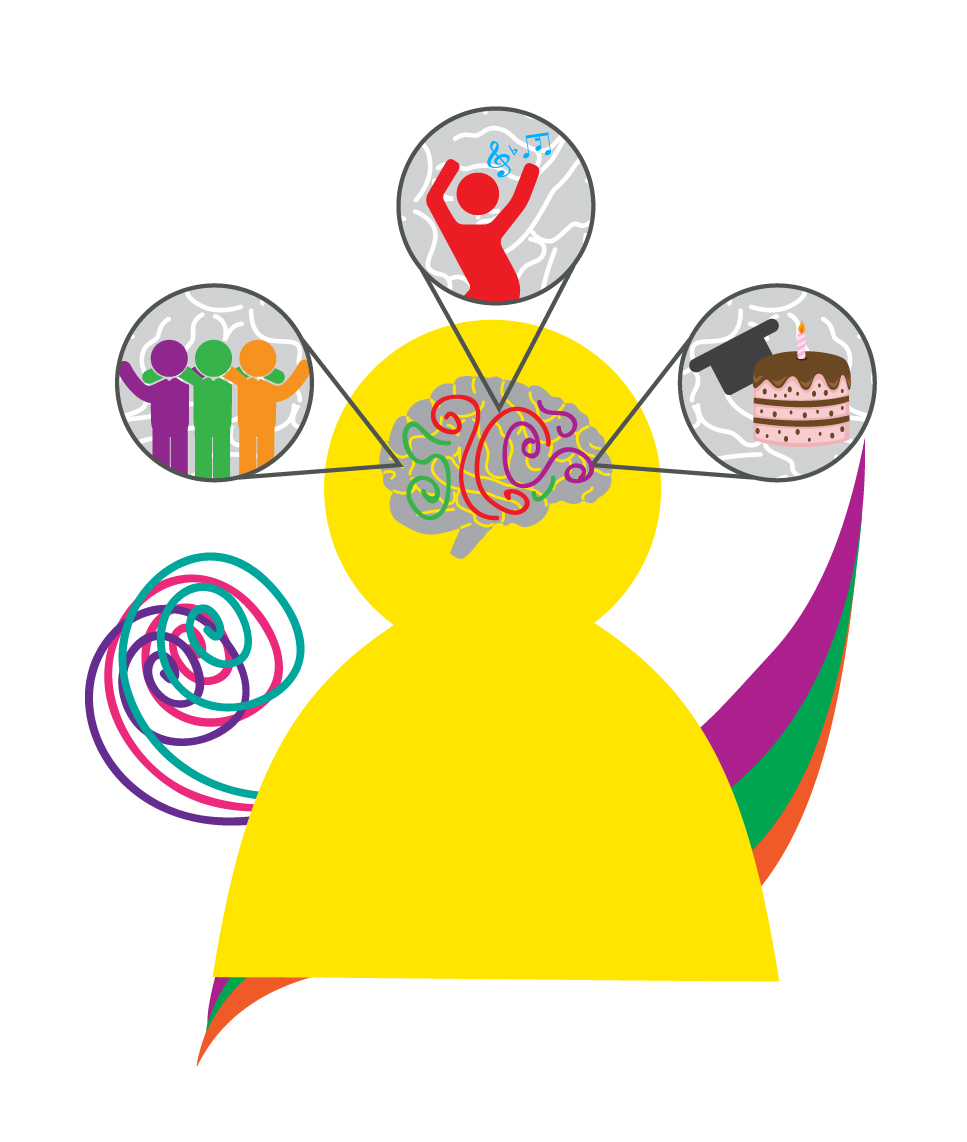Happiness is not just the absence of pain, discomfort, worry, or anger. Sometimes happiness can even exist alongside these. This is why besides learning to manage apparently unpleasant emotions (sadness, worry, anger, confusion), we can also work towards achieving happiness at the same time.

Sensation:
Happiness may be experienced in stillness or in movement. It is often accompanied by a sense of spaciousness, expansiveness, abundance, possibility, opportunity, transformation or connection. It may be influenced by an external condition such as an achievement, approval or affirmation, an interpersonal connection, experience of nature or beauty. This does not mean, however, that happiness is simply the outcome of these external conditions. If it was so, everyone would become happy by the same external conditions or remain happy once the condition has been achieved.
Conditions of unhappiness:
It is helpful for us to understand what conditions disrupt happiness.
- A fixed focus on pain, worry, discomfort, displeasure, disease.
- The need to control circumstance or another’s behaviour and feelings, accompanied by rumination, repetitive thoughts or circular analysis.
- A sense of having no power and autonomy. When we are feeling disempowered, we perceive ourselves as having lost the independence to speak or act in accordance with our intention.
- A prevailing sense of deprivation (of resources), hopelessness and scarcity.
Self-care practices:
The crucial insight is that happiness is not a state which can be permanently achieved through external conditions, but that certain internal conditions, which allow us to feel moments of happiness. can be cultivated and strengthened through self-care practices:
- Sensations: Try to bring your body into a state where it is relaxed and at ease.
- Thoughts: Focus on the present, be alert but also flexible.
- Action: Behave in a way that supports your goals and values, avoids that which is destructive and harmful, and offer importance where it is due.
- Breathing: It can be fast or slow, but intentional practice and attention to the breath can help create space for happiness.
- Openness: Allow a spaciousness in thoughts and ideas, a curiosity and interest, rather than a fixed notion of what is right or desirable.
- Evenness of attention: The capacity to allow life to unfold with an even attention, refraining from a fixed notion of what is desirable or undesirable. Once you are open and allowing whatever comes our way, an evenness of attention allow you to withhold judgment, and peacefully observe outcomes before deciding on an action or a response.
- Appreciation and gratitude: A way of being that savours the moment, allows the mind to witness what is pleasant, beautiful and favourable. Whereas the mind may be conditioned to focus on that which is undesirable or unpleasant, this practice cultivates the capacity to take in pleasant experience when they occur.
- Awe: This condition is the capacity to perceive the life that is here with a sense of humility, to observe its greatness, beauty, or abundance with an acknowledgment of its infinite mystery and creativity.
- Curiosity, not judgment: This condition challenges preconceived notions and prejudices that stand in the way of inquiring, investigating and showing genuine interest in the unfamiliar, unknown and perhaps even undesirable.
- Generosity: To give of yourself, either time, resources, attention or care for the benefit of another, without expectation of return or exchange.
